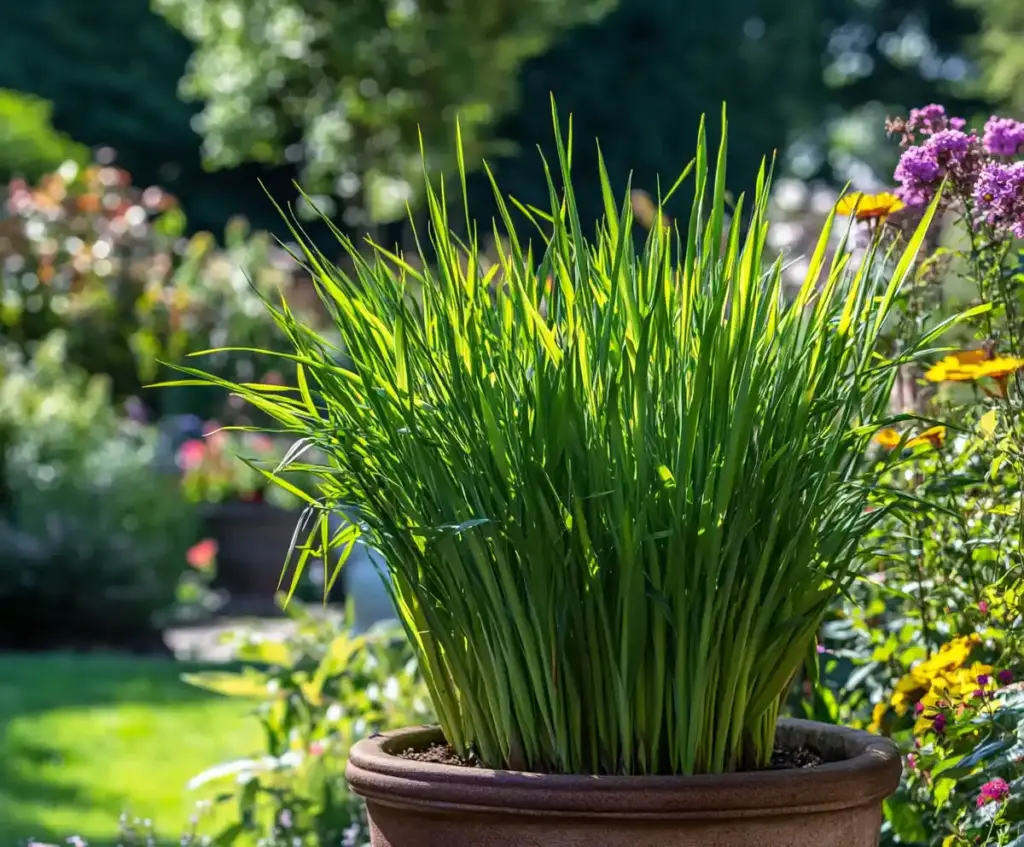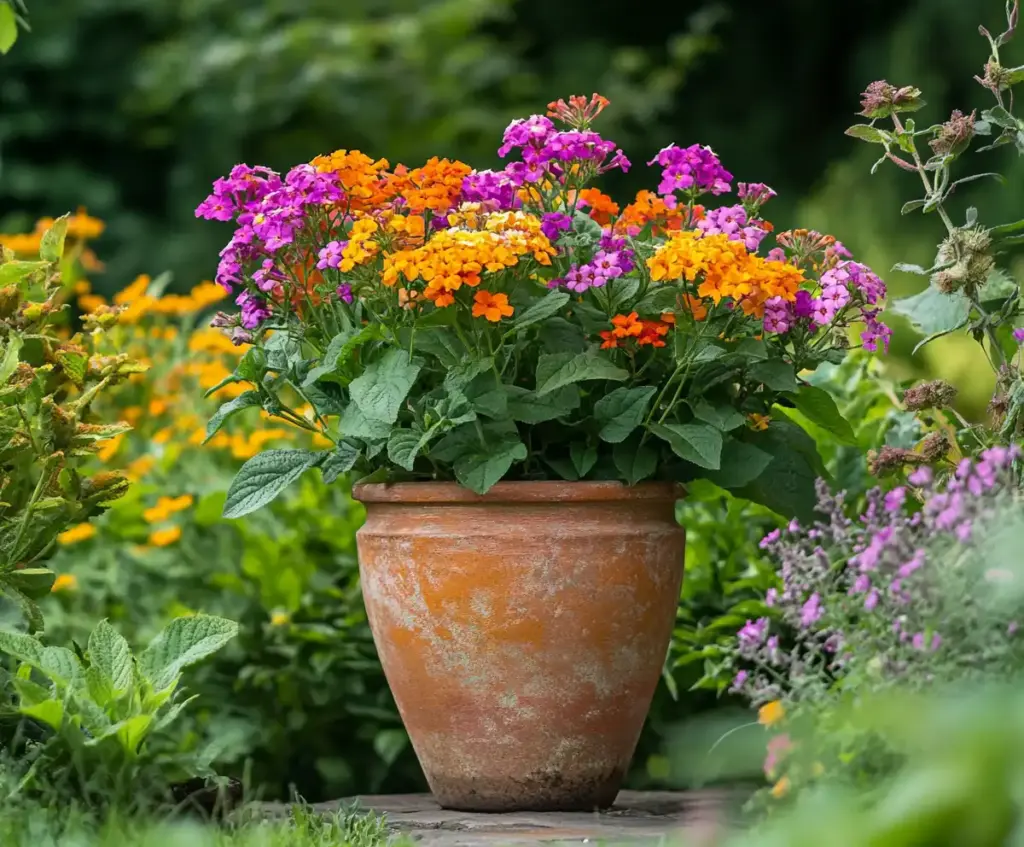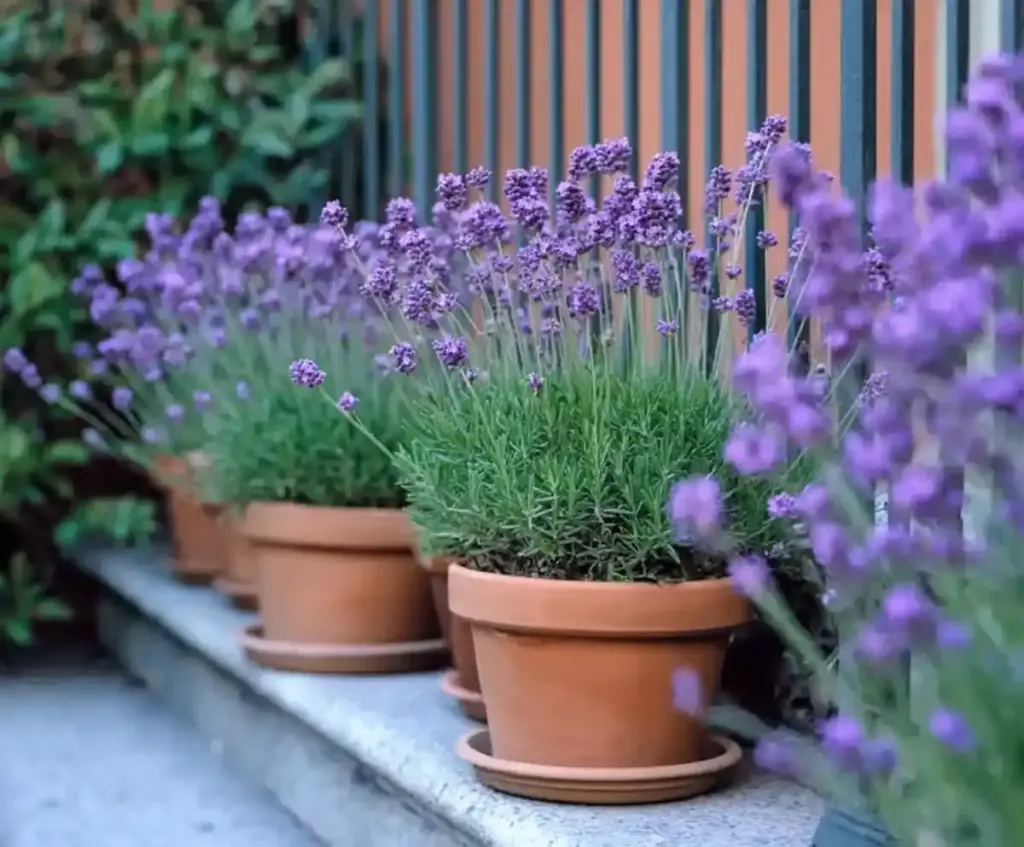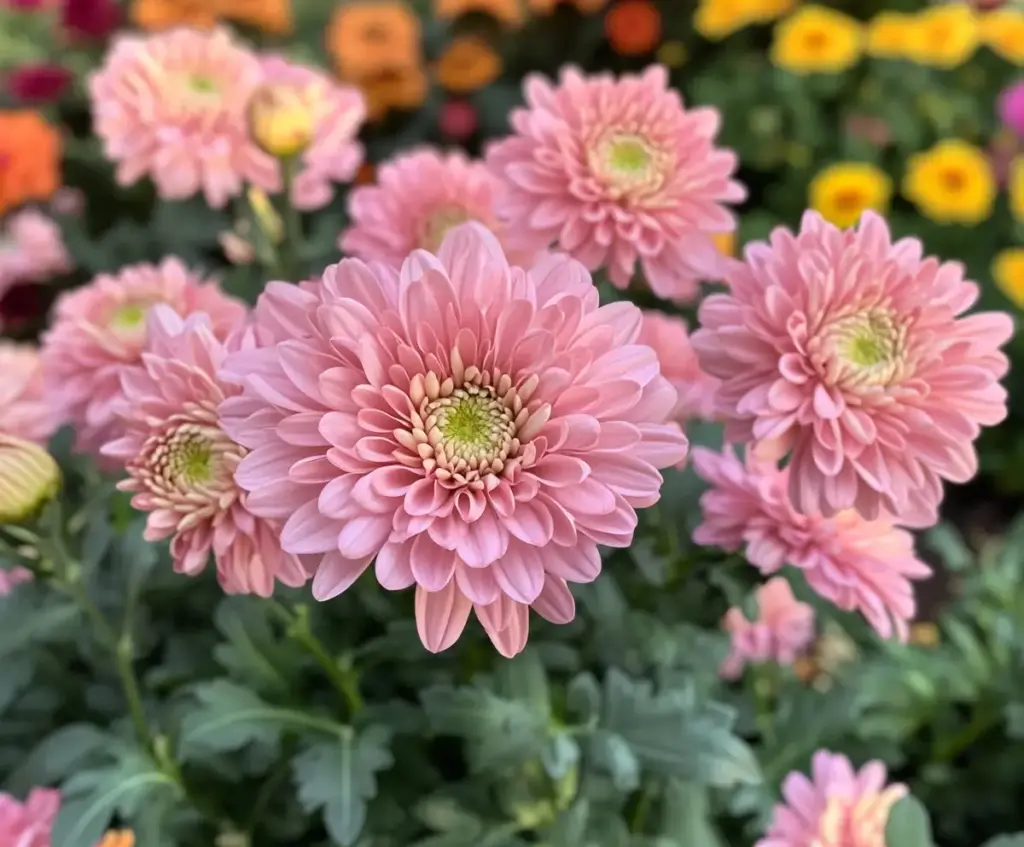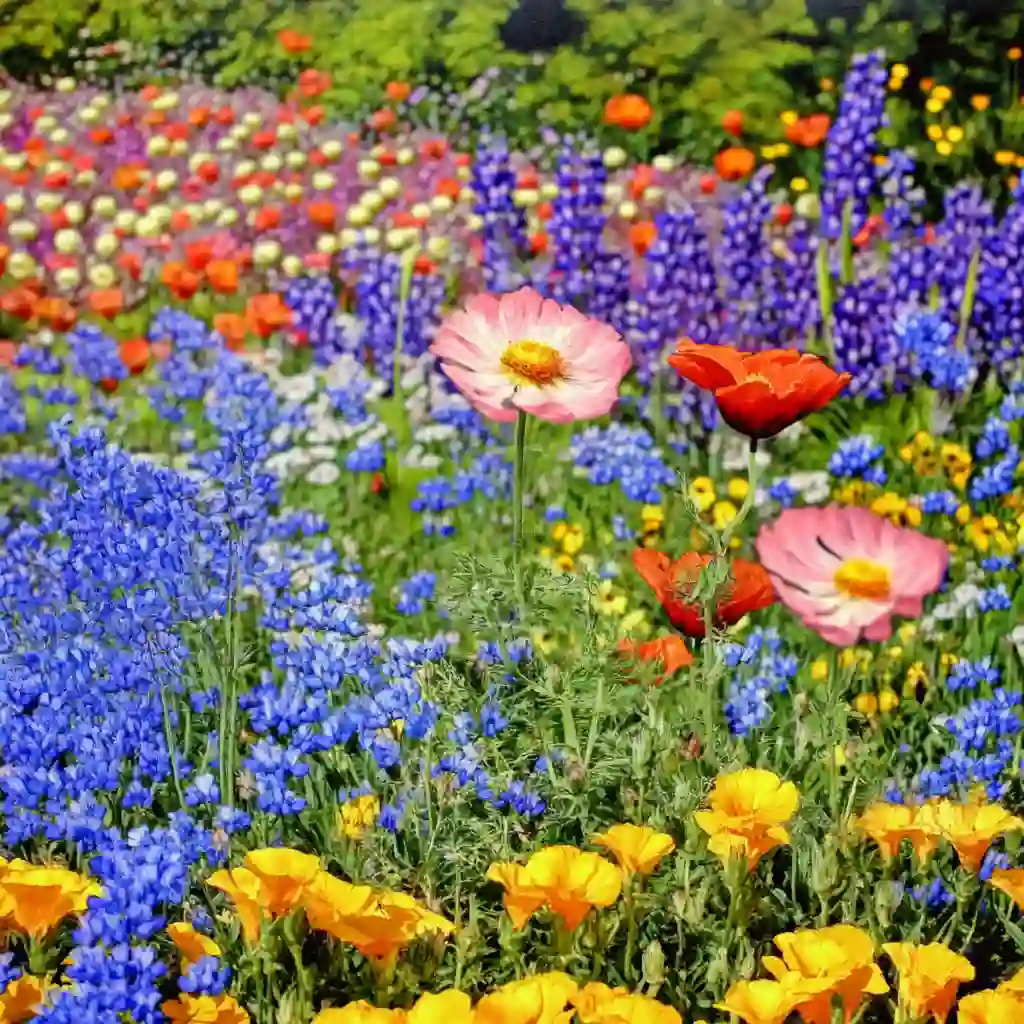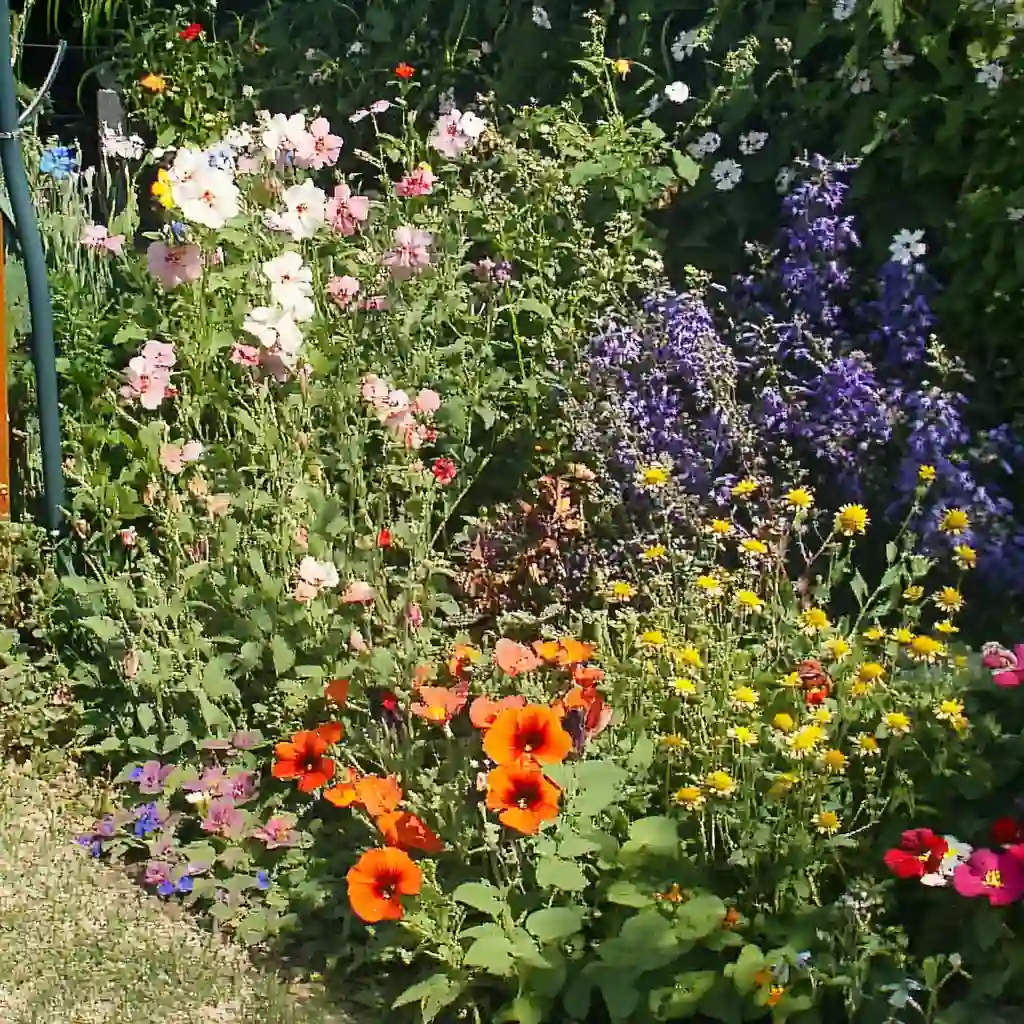If you’ve ever dreamed of creating a personal paradise teeming with color, buzzing with life, and effortless in its beauty, a wildflower garden may be your perfect solution. These naturalistic gardens don’t just look stunning—they also invite pollinators like bees, butterflies, and hummingbirds into your space, help restore native habitats, and require far less maintenance than traditional landscaping.
You don’t need to be Claude Monet or own an estate in Giverny to enjoy the splendor of wildflowers. With a little planning and the right approach, anyone—from beginner to seasoned gardener—can create a wildflower garden that feels like a living painting. This guide covers everything from choosing the right location to selecting native perennials, so you can cultivate a low-maintenance, eco-friendly retreat that blooms year after year.
Let’s begin by exploring the quick facts and botanical insights that will help you get started with confidence.
Quick Facts & Botanical Insights
Before digging into the soil, it’s helpful to understand what sets a wildflower garden apart from other garden types. These quick facts will give you the foundational knowledge you need to make informed decisions throughout your planting journey.
What Is a Wildflower Garden?
A wildflower garden is a naturalistic planting space filled with flowers that thrive with minimal intervention. Unlike traditional flower beds, wildflower gardens are meant to mimic natural meadows or prairie environments—loose, flowing, and full of biodiversity.
Key Benefits
- Low maintenance: Once established, wildflowers need less watering, weeding, and fertilizing.
- Supports pollinators: Attracts bees, butterflies, hummingbirds, and other beneficial insects.
- Eco-friendly: Reduces the need for pesticides, herbicides, and synthetic fertilizers.
- Drought-tolerant: Especially when using native species suited to your climate.
- Seasonal color: Many wildflower mixes bloom at different times throughout the growing season.
Wildflowers vs. Weeds
While wildflowers grow freely like weeds, they’re very different:
- Wildflowers are intentionally chosen for beauty, ecological benefit, and habitat support.
- Weeds tend to be invasive and crowd out native species.
Understanding this difference is key when choosing your mix and managing your garden over time.
Types of Wildflowers
- Annuals: Complete their lifecycle in one season. Examples: poppies, cosmos.
- Perennials: Return year after year. Examples: black-eyed Susan, purple coneflower.
- Biennials: Grow foliage in the first year and bloom in the second. Less common but still worth noting.
Regional Suitability
Choose seeds based on your USDA Plant Hardiness Zone and climate. What works in Arizona won’t work the same in Maine. Native and regional wildflowers are always your best bet for longevity and environmental harmony.
Ideal Growing Conditions for Wildflower Gardens
Creating a thriving wildflower garden starts with matching your plants to the right sunlight, soil, and water conditions. Though wildflowers are famously adaptable, giving them the best possible start increases your chances of success—and a longer blooming season.
🌞 Sunlight Requirements
Most wildflowers love the sun, but how much they need can vary. Here’s a quick guide based on light exposure and your geographic location:
In Most Regions:
- Full sun: 6+ hours of direct sunlight daily.
- Partial sun: 4–6 hours of direct sunlight.
- Shade-tolerant: Less than 4 hours of direct light; rare, but some species thrive in these conditions.
In the Western U.S. (due to higher elevation and stronger sunlight):
- Full sun: 4+ hours of afternoon sun is usually enough.
- Partial sun: Morning light plus afternoon shade works best.
- Full shade: Start seeds indoors under grow lights; transplant into low-light spots (<3 hours of direct sun/day).
Pro tip: Track the sunlight in your intended garden space throughout the day before planting.
🌱 Soil Preparation
Wildflowers can grow in poor soil, but preparing the soil will vastly improve bloom quality and longevity.
What Wildflowers Like:
- Well-drained soil: Avoid areas where water pools.
- Low to moderate fertility: Too much nitrogen = more foliage, fewer flowers.
- Slightly acidic to neutral pH: Aim for 6.0–7.0, though many species tolerate a wider range.
How to Improve Your Soil:
- Add organic compost to boost nutrients and drainage.
- Use sand or grit if soil is heavy clay to improve aeration.
- Test your soil’s pH level with a home kit and adjust with lime (to raise pH) or sulfur (to lower it), if needed.
If you’re in a mountainous or high-altitude area, your soil may lack organic matter—so compost becomes even more essential.
💧 Watering Needs
Wildflowers generally require less water than traditional garden plants, but that doesn’t mean they’re set-it-and-forget-it.
When to Water:
- At planting: Keep the soil consistently moist (not soaked) for the first 4–6 weeks.
- After germination: Water sparingly to encourage deep roots.
- Once established: Only water during prolonged dry spells.
💡 In hot climates like the Southwest, seedlings may need daily watering at first. In cooler or humid regions, every few days is likely enough.
With the conditions right, you’re ready for the fun part—planting your wildflowers!
Step-by-Step Planting Guide for Wildflower Gardens
Now that your wildflower garden site is sunny, your soil is ready, and your watering plan is in place, it’s time to plant! Whether you’re working with a sprawling backyard or a cozy patio planter, this step-by-step guide will help you establish a vibrant wildflower garden with confidence.
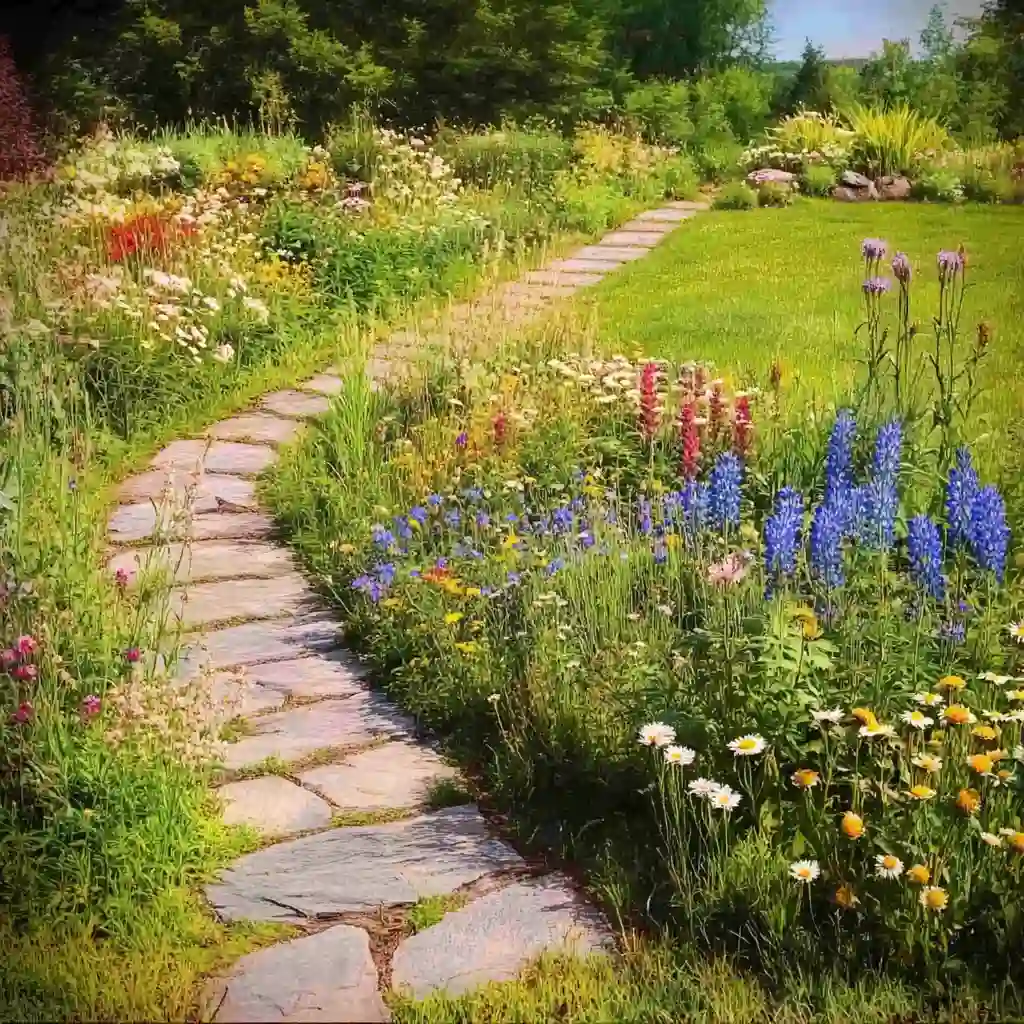
🧰 What You’ll Need
- Wildflower seeds or seed mix (native or region-specific recommended)
- Garden rake or hoe
- Watering can or hose with a gentle spray setting
- Compost or topsoil (optional)
- Mulch or straw (optional for moisture retention)
📋 Step-by-Step Planting Instructions
1. Pick the Right Time to Plant
- Spring: Best in cooler climates; aim for early to mid-spring when the soil warms to 55°F or higher.
- Fall: Ideal in warmer areas; seeds naturally stratify over winter and bloom in spring. Be sure to plant 8–10 weeks before first expected frost.
2. Clear the Area
Remove grass, weeds, and other vegetation from the area. This reduces competition for nutrients and light.
Tip: Avoid using herbicides right before planting; some can linger and affect seed germination.
3. Loosen the Soil
Use a rake, hoe, or shovel to break up the top 1–2 inches of soil. You don’t need to till deeply—just enough to allow seed-to-soil contact.
4. Sow the Seeds
- Mix seeds with sand (about 1:4 ratio) for even distribution.
- Scatter seeds evenly over the prepared soil by hand or with a seed spreader.
- Gently rake or press the seeds into the soil. Do not bury them more than 1/8 inch; most wildflower seeds need light to germinate.
5. Water Gently
Use a fine mist or light spray to avoid washing away seeds. Keep the area evenly moist for the first few weeks.
6. Optional: Mulch Lightly
In dry or windy areas, a very light layer of weed-free straw can help retain moisture and protect seeds without smothering them.
7. Watch for Germination
Germination can take 7–30 days depending on the species, weather, and soil conditions. Some perennials may not bloom in the first year but will establish themselves for future seasons.
🌼 Fast-Track Your Blooms
To get color in your first year, include fast-blooming annuals in your seed mix (like cosmos, poppies, or zinnias), even if your goal is a long-term perennial garden.
Maintenance & Ongoing Care for Wildflower Gardens
Once your wildflower garden is planted and germination is underway, it’s time to shift your focus to care and maintenance. While wildflowers are famously low-effort, a little ongoing attention goes a long way in ensuring healthy growth, continuous blooms, and long-term success.
💧 Watering Wisely
Wildflowers don’t love being pampered with constant watering. Instead, they thrive on deep, occasional drinks once they’re established.
Watering Timeline:
- First 4–6 weeks: Keep the soil consistently moist—not soggy—to help seeds sprout and roots take hold.
- Post-establishment: Water during dry spells or extended heat. Let the top inch of soil dry out between watering to avoid root rot.
Regional Watering Tips:
- Desert Southwest: Water daily (or multiple times daily) during germination.
- West/Mountainous areas: Daily or every other day at first, depending on temps and elevation.
- Eastern & Southern U.S.: Every few days during germination, then taper off.
🌿 Weed Control
Weeds are most likely to sneak in before your wildflowers have formed a dense mat.
How to Stay Ahead of Weeds:
- Weed by hand or use a hoe during early growth stages.
- Avoid using herbicides unless spot-treating invasive species.
- Once wildflowers are mature, they typically crowd out weeds on their own.
🌸 Encourage First-Year Color
Most perennials won’t bloom in their first year. To avoid a dull debut season:
- Plant quick-blooming annuals like Indian blanket (Gaillardia), partridge pea, and cosmos.
- Choose perennial species that bloom the first year such as:
- Lemon bee balm (Monarda citriodora)
- Tall verbena (Verbena bonariensis)
- Anise hyssop (Agastache foeniculum)
🌱 Overseeding for Density
Over time, some wildflower patches may thin due to harsh weather or natural die-off.
To keep your garden lush:
- Overseed every 2–3 years, ideally in fall or early spring.
- Rake the soil lightly and sow seeds in bare or sparse areas.
- Water as if planting new seeds.
🌾 Add Native Grasses
For structure and erosion control—especially in larger plots—add native or ornamental grasses to your mix. Great options include:
- Buffalograss (warm climates)
- Hard fescue (cooler regions)
- Little bluestem or sideoats grama (prairie-style gardens)
These grasses blend beautifully with wildflowers and help reduce weedy intrusions.
✂️ Mowing & End-of-Season Cleanup
At the end of the growing season, especially after annuals have dropped seed:
- Mow the entire area to a height of 4–6 inches.
- This helps reseed annuals and keeps aggressive plants in check.
- If you prefer a more natural look, leave seed heads for birds and mow in early spring instead.
Common Pests & Diseases (And Eco-Friendly Solutions)
One of the many perks of wildflower gardens is their natural resilience. That said, even the toughest wildflowers can encounter a few uninvited guests. In this section, we’ll cover the most common pests and diseases you may face—and how to handle them using organic, wildlife-safe methods.
🐛 Common Wildflower Pests
1. Aphids
- Signs: Clusters of tiny, soft-bodied insects on stems and buds; sticky residue (honeydew).
- Eco-Friendly Fix:
- Spray with a mix of water and a few drops of castile soap.
- Introduce ladybugs or lacewings—both natural aphid predators.
2. Spider Mites
- Signs: Fine webbing, yellow stippling on leaves.
- Eco-Friendly Fix:
- Increase humidity with a light spray mist.
- Use neem oil or insecticidal soap.
3. Caterpillars & Beetles
- Signs: Chewed leaves and petals.
- Eco-Friendly Fix:
- Pick off by hand if infestations are small.
- Attract birds with a birdbath or feeder—they love juicy caterpillars!
4. Slugs and Snails
- Signs: Ragged holes in foliage, slime trails.
- Eco-Friendly Fix:
- Set out beer traps (a shallow dish of beer attracts and drowns them).
- Place crushed eggshells or diatomaceous earth around plants.
🦠 Common Wildflower Diseases
1. Powdery Mildew
- Signs: White, powdery coating on leaves.
- Eco-Friendly Fix:
- Increase air circulation by thinning dense plantings.
- Spray with a mix of 1 tbsp baking soda, 1/2 tsp liquid soap, and 1 gallon water.
2. Root Rot
- Signs: Wilting, stunted growth, foul odor in soil.
- Eco-Friendly Fix:
- Improve soil drainage.
- Avoid overwatering; stick to a deep-but-infrequent watering routine.
3. Rust & Leaf Spot
- Signs: Brown, orange, or black spots on foliage.
- Eco-Friendly Fix:
- Remove infected leaves promptly.
- Apply an organic copper-based fungicide if needed.
🐞 Boost Natural Defenses
You can prevent most pest problems by encouraging a balanced garden ecosystem. Try these natural defenses:
- Companion planting: Add herbs like basil or dill to deter pests.
- Insect hotels: Invite beneficial bugs like ladybugs and hoverflies.
- Diversity: The more plant types you grow, the harder it is for pests to take over.
Expert Tips & Wildflower Garden FAQs
You’ve laid the groundwork for a beautiful and self-sustaining wildflower garden—but to truly get the most from your space, a few extra insights can make all the difference. Whether you’re a new gardener or simply want to level up your wildflower wisdom, these expert tips and FAQs will keep your garden thriving season after season.
🌟 Expert Tips for Success
1. Mix Annuals and Perennials
Want fast color and long-term blooms? Combine quick-flowering annuals with longer-lasting perennials. Annuals fill out your garden in year one, while perennials build a strong foundation for future years.
2. Create a Bloom Timeline
Choose flower varieties that bloom in early, mid, and late season to enjoy continuous color and pollinator activity from spring to fall.
3. Don’t Overcrowd Your Seeds
While it’s tempting to broadcast a dense layer of seeds, overcrowding can cause poor air circulation and weak growth. Follow the seeding rate instructions for best results.
4. Deadhead for More Blooms
For species that respond well to deadheading (like cosmos and zinnias), removing spent flowers encourages more blooms and prolongs flowering.
5. Observe & Adjust
Each garden is unique. Spend time watching how sunlight, moisture, and wildlife interact with your space. Adjust watering or replant bare spots as needed.
❓ Frequently Asked Questions
Q: Can I start a wildflower garden in containers or pots?
A: Absolutely! Choose dwarf or shallow-rooted species like poppies, calendula, or dwarf cosmos. Use a high-quality, well-draining potting mix and place containers in full sun.
Q: How long will it take before my wildflowers bloom?
A:
- Annuals: Often within 6–10 weeks of planting.
- Perennials: Typically bloom in year 2, though some may bloom lightly the first year.
- Biennials: Grow foliage first year, bloom the second.
Q: Can I mow my wildflower garden?
A: Yes, but timing is key. Wait until the majority of your wildflowers have set seed—usually late fall—then mow to a height of 4–6 inches. This helps reseed the garden naturally and prevents aggressive plants from taking over.
Q: Will wildflowers come back every year?
A: If you planted perennials or self-sowing annuals, yes! Just be sure to let seeds fall and avoid removing too much plant debris in fall. Some light overseeding every few years can help keep things lush.
author:Conclusion
Creating a wildflower garden is one of the most rewarding—and surprisingly simple—ways to add life, color, and sustainability to your outdoor space. Whether you’re dreaming of a sprawling meadow or a cozy corner of buzzing blooms on your patio, wildflowers offer a low-maintenance, high-impact solution for every gardener.
Here’s a quick recap of what we’ve covered:
- Start with the right conditions: Plenty of sunlight, well-draining soil, and seasonal timing are key.
- Choose native and regional plants: These thrive naturally and support local pollinators.
- Blend annuals and perennials: This gives you both instant color and lasting structure.
- Keep it simple: Wildflowers don’t demand much—just basic care during establishment and occasional upkeep.
- Go eco-friendly: Avoid chemicals and support a garden that benefits birds, bees, and butterflies.
No matter your experience level, wildflower gardens are a joy to grow and a gift to your local ecosystem. So get out there, scatter some seeds, and let nature do its magic.
🌿 Love gardening inspiration? Follow me on Pinterest for bold plant ideas, tips, and seasonal color!
More Posts
